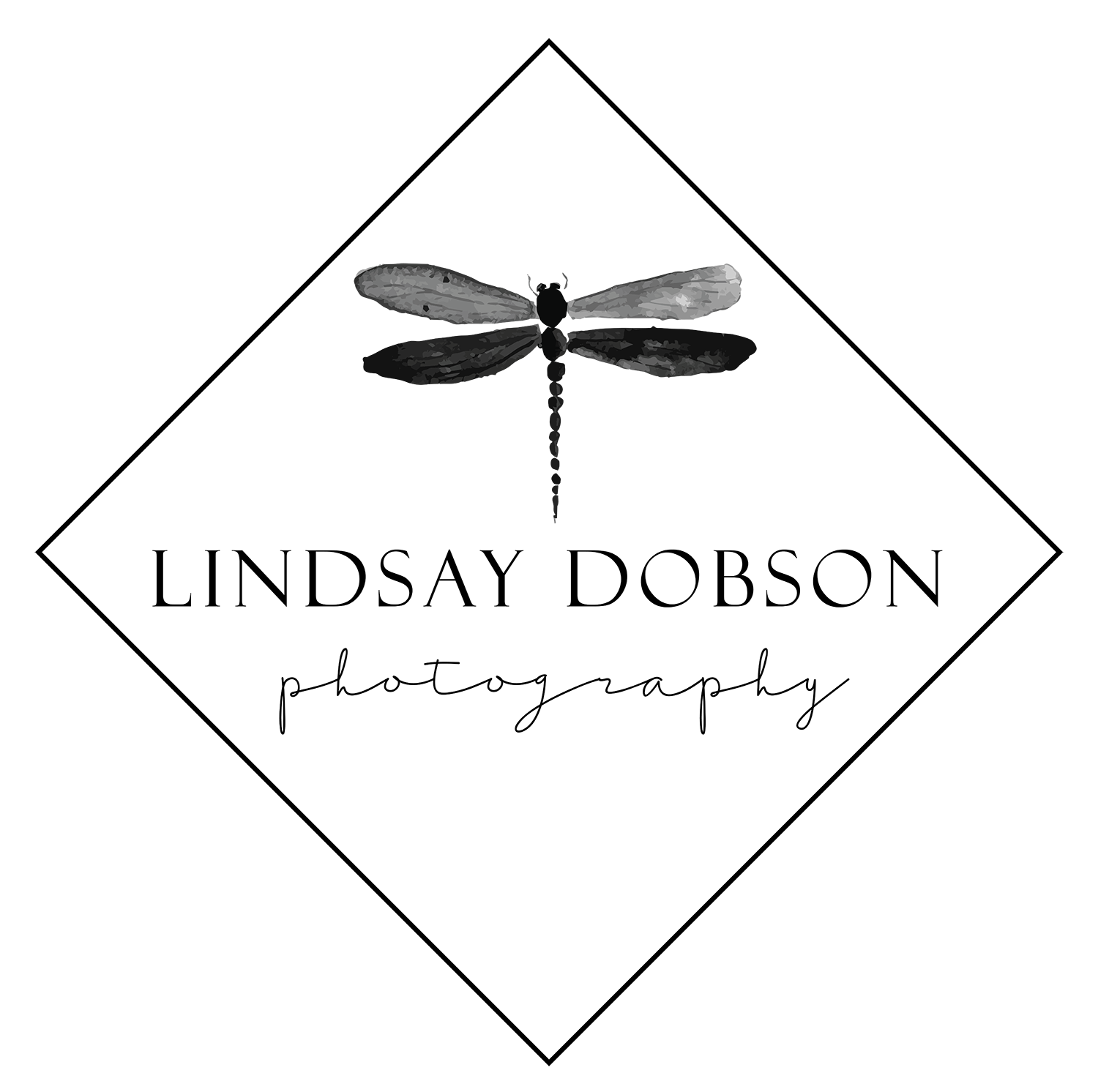Nature and Wildlife Photography West Sussex, British Owls
Bird photography is a common enough past time – after all, given the different shapes and sizes that birds come in it’s unsurprising that they make such compelling subjects. But they’re not always easy to photograph. Large waterbirds rarely present too many challenges because we can normally get quite close to them in their natural habitat. But small woodland and garden birds require a huge amount of patience and often the construction of photography friendly feeding areas, not to mention lenses with an appropriate magnification. Lying somewhere in between are raptors, with owls making particularly beautiful subjects. Sadly many of our native bird species are declining here in the UK, due to over-development and urban encroachment. Several years ago I would take an evening walk and it would be easy enough to spot a Barn Owl gearing up for a hunting expedition. I have to say I haven’t seen one in the wild for quite some time. I do have a number of Tawny Owls living close to my home in West Sussex and a family of Little Owls, so I do get to hear these lovely birds quite often.
Where owls are concerned, photographic opportunities in the wild can be few and far between. For that reason I was delighted when Canon Professional Services invited myself and a number of other CPS members to an event at the British Wildlife Centre in Surrey, where we could test the latest bodies and lenses whilst photographing some gorgeous animals. We all had a brilliant day chatting to two fascinating Canon Explorers (Danny Green and Mark Sisson) as well as being able to interact closely with the beautiful birds and mammals at the Centre. As you can imagine the owls were firm favourites. Watching the Barn Owl in-flight was a wonderful experience although it must be said that capturing photographs of birds flying can be extremely challenging at times!
Because this event was managed by Canon, I was of course using Canon equipment. Actually this is pretty much unheard of for me now because due to various musculoskeletal problems I can no longer use heavy DSLR cameras and lenses, and my Canon inventory is therefore used by my assistant. There has been a very important trend in the last couple of years for the leading camera manufacturers to produce competent miniaturised systems and I certainly have not felt compromised in my work by downsizing (but that of course depends on your own requirements and preferences). The simple fact is, if smaller systems were not available to me, I would have had to give up photography altogether because the mere act of picking up a DSLR is now so very painful. Perhaps this partly explains why only around 5% of Monday’s gathering were female – sadly not many ladies are built to carry full frame cameras and their associated longer optics. It will be interesting to see how the various camera firms tackle this over the coming years.
European Eagle Owl …
To say that Ethel is massive is an understatement – these birds can easily carry off a young deer.
Little Owl …
This is Scrappy, a Little Owl. He’s tiny, around 7 inches high. Tip: you can bring quite a lot of variety into images by shifting your position relative to your subject – enabling you to experiment with different lighting patterns and different backgrounds. I took quite a few pictures of Scrappy, he’s a bit of a poser.
Barn Owl …
These birds have such soft feathers that they can fly silently, enabling them to swoop on their prey (mostly voles and mice). On a summer evening as the sun is going down these birds used to be a common sight, usually leaving a barn ready for an evening hunting.
Tawny Owl …
Florence is a Tawny Owl, and many of us will have heard these birds hooting at night. In fact I think Tawny Owls are the only Owls which hoot – although all Owls will screech and squeal. These birds are characterised by the classic heart shaped markings on the face and very soft golden brown plumage. Florence is about a foot in height.




